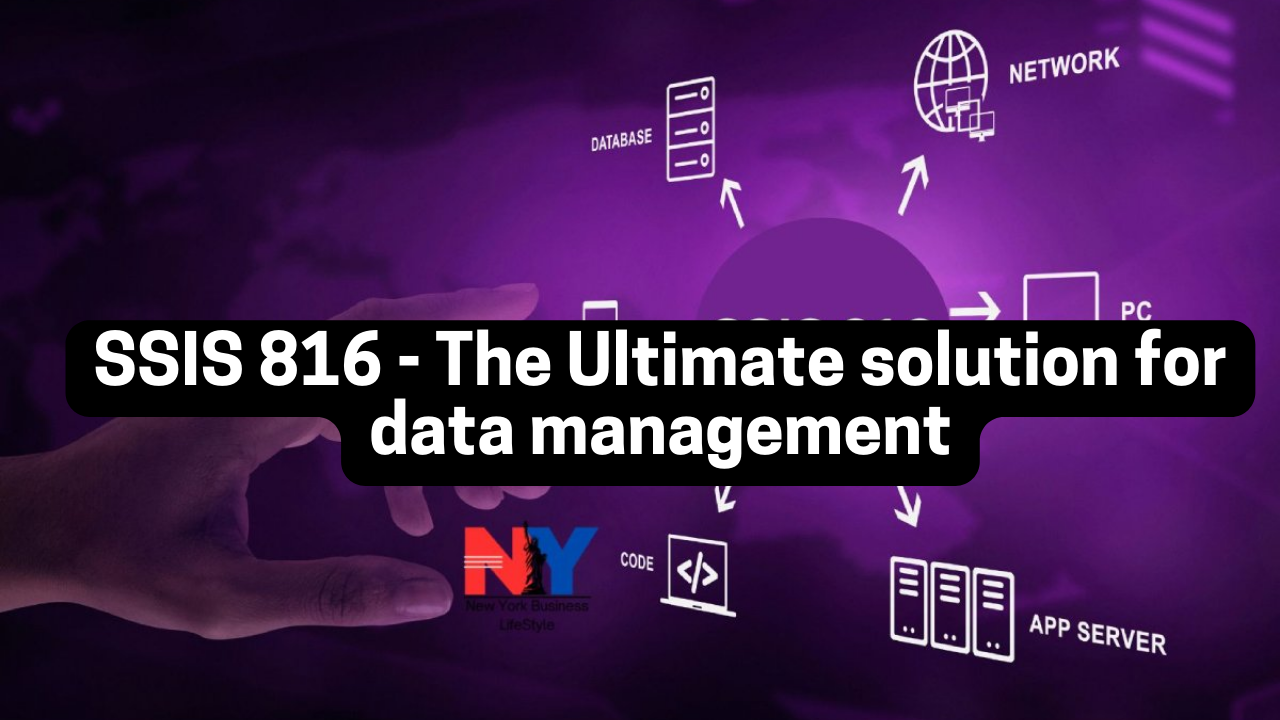The Small Form-factor Pluggable (SFP) port is a critical component in modern networking, offering flexibility, efficiency, and scalability. Understanding and utilizing the full potential of your SFP port can significantly enhance your network’s performance. This comprehensive guide will explore everything you need to know about SFP ports, from basic definitions to advanced configurations, ensuring your network runs at its optimal potential.
What is an SFP Port?
An SFP port is a hot-swappable, compact component used in network switches, routers, and other networking equipment. It supports various networking standards, allowing for the transmission of data over fiber optic or copper cables. By enabling high-speed data transfer rates and accommodating different types of media, SFP ports provide a versatile solution for network infrastructure.
Types of SFP Transceivers
There are several types of SFP transceivers, each designed for specific applications. Common types include:
1000BASE-SX: Used for short-distance fiber optic connections.
1000BASE-LX: Suitable for long-distance fiber optic connections.
1000BASE-T: Used for Gigabit Ethernet over copper cables.
SFP+: Supports higher data rates, such as 10 Gbps.
Understanding the different types of SFP transceivers allows you to choose the appropriate one for your network’s needs.
Advantages of Using SFP Ports
SFP ports offer numerous advantages, including:
Scalability: Easily upgrade your network by swapping out SFP modules.
Flexibility: Support for multiple media types (fiber and copper).
Space-saving: Compact design allows for high-density port configurations.
Hot-swappable: Replace or upgrade modules without shutting down the network.
These benefits make SFP ports an attractive choice for modern networking environments.
SFP vs. SFP+ Ports
While both SFP and SFP+ ports serve similar functions, SFP+ ports are designed for higher data rates, supporting up to 10 Gbps compared to the 1 Gbps supported by SFP ports. This makes SFP+ ports ideal for applications requiring higher bandwidth, such as data centers and high-performance computing environments.
How to Choose the Right SFP Module
Choosing the right SFP module involves considering factors such as:
Distance: The length of the connection (short or long-range).
Cable Type: Fiber optic or copper.
Data Rate: The required speed (1 Gbps, 10 Gbps, etc.).
Compatibility: Ensure the module is compatible with your networking equipment.
Selecting the appropriate SFP module ensures optimal performance and reliability.
Installing and Configuring SFP Ports
Installing an SFP module is straightforward:
Insert the Module: Align the module with the SFP port and push it in until it clicks.
Connect the Cable: Attach the fiber optic or copper cable to the module.
Configure the Port: Use your network management software to configure the port settings.
Proper installation and configuration are crucial for achieving the desired network performance.
Troubleshooting Common SFP Port Issues
Common issues with SFP ports include:
Connection Loss: Ensure cables are securely connected and modules are properly seated.
Compatibility Problems: Verify that the SFP module is compatible with your equipment.
Data Transfer Errors: Check for faulty cables or damaged modules.
Regular maintenance and monitoring can help prevent these issues and maintain network stability.
Maximizing SFP Port Performance
To maximize the performance of your SFP ports:
Use High-quality Cables: Ensure cables meet the required standards.
Regularly Update Firmware: Keep your network devices up-to-date.
Monitor Network Performance: Use network management tools to monitor and optimize performance.
These practices help ensure your network operates at peak efficiency.
Security Considerations for SFP Ports
Security is a critical aspect of network management. Ensure your SFP ports are secure by:
Implementing Access Controls: Restrict physical and logical access to network devices.
Regular Audits: Conduct regular security audits to identify and address vulnerabilities.
Using Encrypted Transceivers: Consider transceivers that support data encryption for sensitive information.
Proactive security measures help protect your network from potential threats.
Future Trends in SFP Technology
The future of SFP technology includes advancements such as:
Higher Data Rates: Development of modules supporting speeds beyond 10 Gbps.
Enhanced Compatibility: Improved interoperability between different vendors’ equipment.
Integrated Security Features: Built-in security capabilities within SFP modules.
Staying informed about these trends helps you plan for future network upgrades.
Case Studies: Real-world Applications of SFP Ports
Real-world applications of SFP ports demonstrate their versatility and effectiveness. Examples include:
Data Centers: High-density, high-speed connections for servers and storage.
Telecommunications: Reliable, long-distance connections for backbone infrastructure.
Enterprise Networks: Scalable solutions for growing business networks.
These case studies highlight the practical benefits of SFP ports in various scenarios.
Conclusion: Unlocking the Potential of Your SFP Port
In conclusion, SFP ports are a vital component of modern networking, offering flexibility, scalability, and performance. By understanding the different types of SFP transceivers, installation procedures, and best practices for optimization, you can unlock the full potential of your SFP port and ensure your network operates at its best. Whether you’re upgrading an existing network or building a new one, leveraging the capabilities of SFP ports is key to achieving a robust, efficient, and future-proof network infrastructure.



